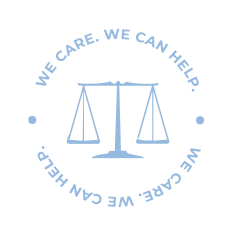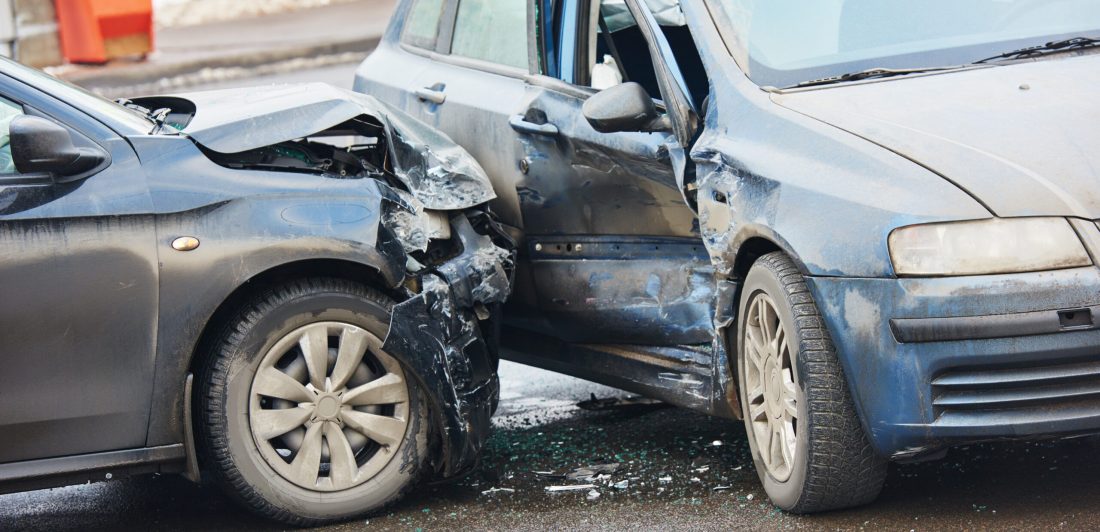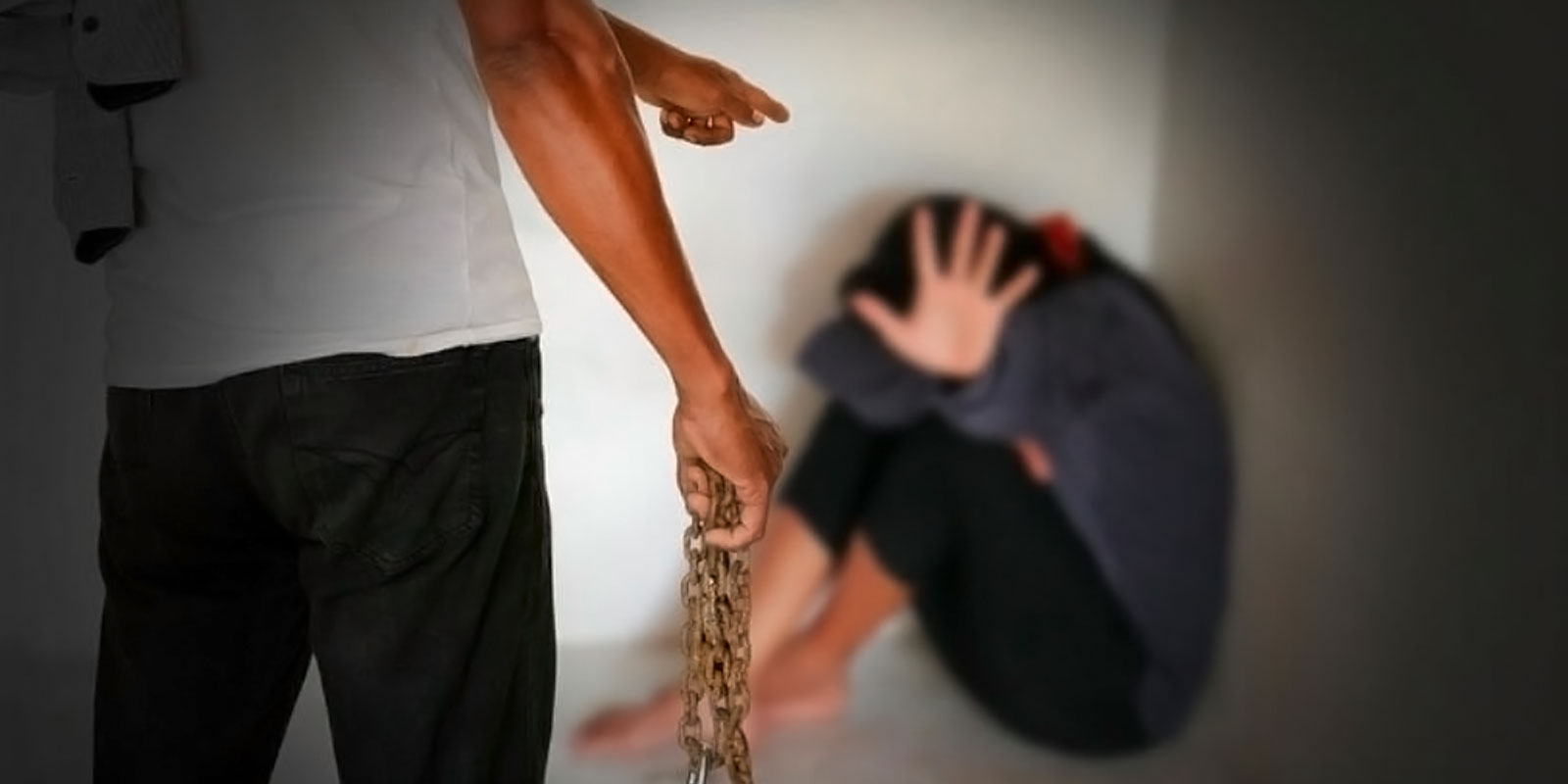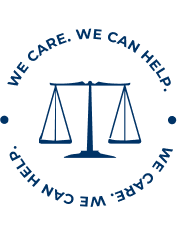When it comes to the types of car crashes, there are few more dangerous than T-bone collisions. According to the National Highway Traffic Safety Administration, about 25% of car crashes are side-impact collisions. Further, the Insurance Institute for Highway Safety reported that in 2020, about 5,500 vehicle occupants died in T-bone collisions, making up 23% of all car accident-related fatalities that year.
There’s no denying the danger of T-bone collisions. Often when there are no fatalities as a result of a T-bone collision, there are serious injuries. However, for injured victims to receive compensation, they must first prove who was at fault.
What is a T-Bone Collision?
A T-bone collision, also known as a side-impact collision, occurs when the front end of a vehicle crashes into the side of another vehicle. The crash can either happen head-on or at an angle, but typically the cars line up so that they resemble the letter T.
T-bone collisions can happen for several reasons, but they typically occur when one driver doesn’t stop or yield when they should. For example, a driver who runs a red light could cause a T-bone collision. Most of the time, T-bone collisions happen in places where vehicles cross paths, such as intersections and parking lots.
How are T-Bone Collisions Caused?
T-bone collisions are typically the result of a driver not stopping or yielding to traffic when they should. They most often occur at spots on the road where traffic intersects, but they can also happen in other places. Here are the top three most common causes of T-bone collisions: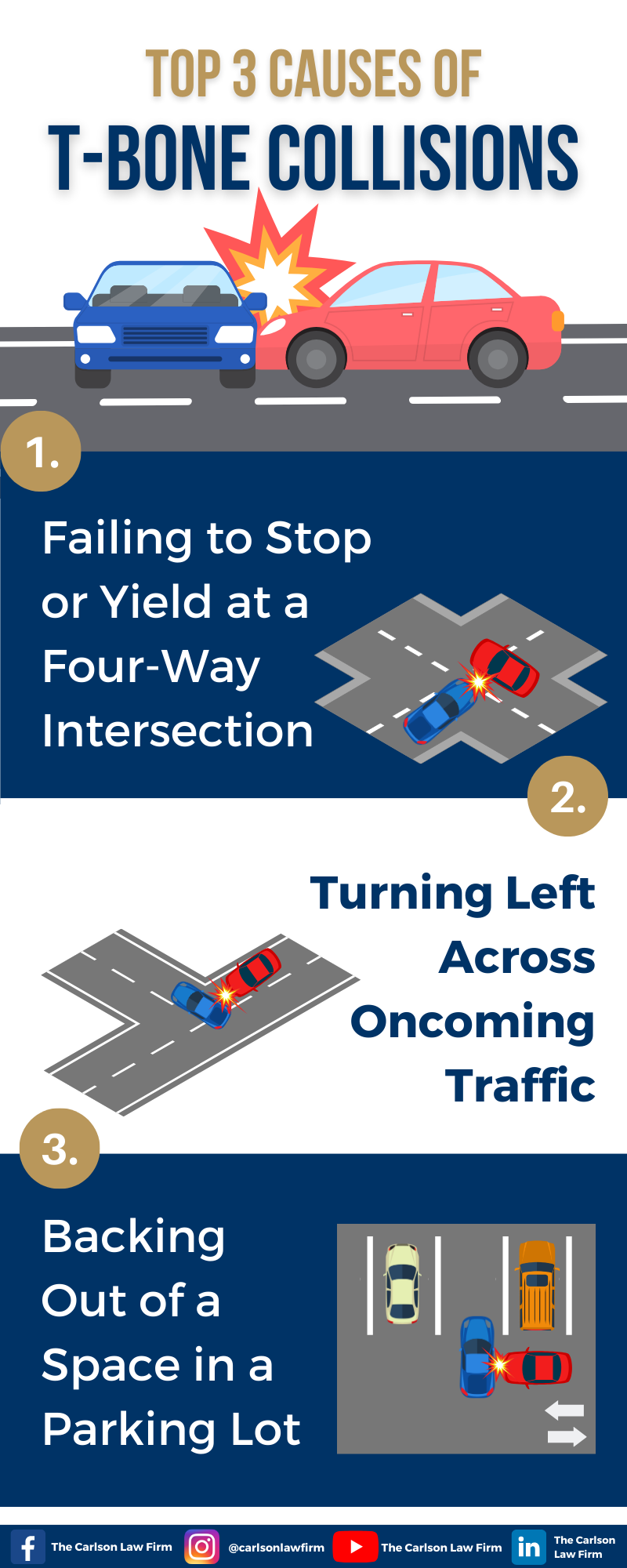
1. Failing to Stop or Yield at a Four-Way Intersection
Four-way intersections are one of the most common places where T-bone collisions occur. They are usually the result of a driver running a red light or stop sign. For example, say Driver 1 is driving through an intersection at the same time that Driver 2 runs a red light. A T-bone collision occurs when Driver 1 and Driver 2 crash into each other.
2. Turning Left Across Oncoming Traffic
Another common scenario for T-bone collisions is when a driver turns left across oncoming traffic. This can happen in an intersection or on any road where drivers can turn left. For example, Driver 1 is turning left from a busy road onto a smaller side street. Driver 2 is driving down the busy road coming from the opposite direction. Driver 2 crashes into the passenger side of Driver 1’s vehicle, forming a T-bone collision.
3. Backing Out of a Space in a Parking Lot
T-bone collisions can also happen in parking lots, particularly when a driver is backing out of a parking space. For example, Driver 1 is backing out of a parking space. Driver 2, who is driving down the row, crashes into Driver 1’s vehicle, causing a T-bone collision.
Who is At Fault for T-Bone Collisions?
So, who’s at fault for T-bone collisions? That’s often a tricky question, and the answer may not be very satisfactory: it depends. Who is at fault for a T-bone collision depends on a host of factors, including but not limited to who had the right of way, if traffic laws were violated, or if a driver was distracted, drunk, or drowsy. Either driver can be at fault, and at times both drivers can share the fault.
Sometimes figuring out who is at fault is easy, but liability in these kinds of crashes is often disputed. That’s where a personal injury attorney can be helpful. A personal injury attorney can help you prove who is at fault in a T-bone collision by collecting evidence and presenting the facts.
How Do You Prove Who is At Fault for T-Bone Collisions?
Proving who is at fault in any car crash can be tricky. The best way to prove who is at fault is to collect as much evidence as you can. However, it’s also important to know what victims of T-bone collisions must prove in order to hold another driver liable for a crash. To prove another driver (the defendant) was at fault for a T-bone collision, a person must show:
- The defendant had a duty to drive with a reasonable level of care.
- The defendant was negligent. In other words, their behavior did not meet the level of care of a reasonable person.
- The T-bone collision was a direct result of the defendant’s negligence.
- The T-bone collision caused harm.
If these four things can be proven, a T-bone collision victim can file a claim for compensation from the defendant who was at fault.
However, there may be some cases where neither driver was at fault. For example, if the roads were improperly designed or there were issues with traffic signals, the local government could take the blame. Or if a defect in a vehicle caused the collision, the car’s manufacturer could be at fault. A personal injury lawyer can help you determine and prove who is at-fault for a T-bone collision.
What Should I Do if I’m in a T-Bone Collision?
The first course of action to take at any car crash is to check for injuries and call 911 for medical help if necessary. If you’re able, it’s also important to:
- Get the driver’s license, insurance, and contact information of all other drivers in the crash.
- Get contact information for any passengers and witnesses of the crash.
- Gather evidence at the scene of the crash.
There are also a few things you should avoid doing to protect yourself from being falsely assigned blame for the crash. Here’s what NOT to do at the scene of a car crash:
- Leave before gathering information and evidence.
- Leave before the police officer in charge says you can (if police are present).
- Give information about the crash without being asked.
- Admit responsibility or apologize.
Gathering Evidence
Evidence is crucial to proving who is at-fault for a T-bone collision. Knowing what evidence you need and gathering it at the scene can make a huge difference in the success of a T-bone collision claim. While gathering evidence starts at the site of the crash, there’s also a lot of evidence you can collect outside of the crash scene.
At the Crash Scene:
Take pictures of:
- All vehicles involved in the crash.
- Any damage to objects like curbs, signs, light poles, and buildings.
- Skid marks on the road.
- Crash debris, including fluid leaks.
- Perspective views of each driver pointing to the impact point.
Make a record of:
- Anything you hear about the collision or what the cause may have been. These comments may come from other drivers, passengers, witnesses, or first responders.
- The names and badge numbers of responding police officers, especially the officer in charge of the scene.
- The year, make, and model of every vehicle involved in the crash.
- If there are surveillance cameras around the site of the crash and the businesses they belong to.
- The weather, time of day, lighting, and road conditions at the time of the crash.
Outside of the Crash Scene:
Make sure to get:
- A copy of the police report, including diagrams of the crash scene.
- Pictures of your injuries.
- Copies of medical records and bills.
- Witness statements.
- Video footage from surveillance cameras.
What Kind of Damages Can I Recover from a T-Bone Collision?
The kinds of damages you may recover from a T-bone collision depend on several factors, including what injuries you have and what medical treatment you need. In most T-bone collision cases, you can recover two kinds of damages: economic and non-economic.
Economic damages are usually easy to quantify in dollars and are given to compensate the plaintiff for things like:
- Medical bills
- Lost wages
- Cost of medical equipment
- Out-of-pocket expenses
Non-economic damages are more difficult to prove and state in dollar amounts. They are given to compensate for intangible injuries such as:
- Pain and suffering
- Emotional distress
- Loss of enjoyment of life
- Disability or disfigurement
In some cases, plaintiffs may be awarded punitive damages, which are intended to punish the defendant and prevent others from acting in similar ways. This type of damages is rare in T-bone collision cases, as it’s only given if the plaintiff can prove that the defendant acted out of malice or was grossly negligent.
The Carlson Law Firm Can Help
If you’ve been injured in a T-bone collision, you may be wondering what your next step is. Dealing with medical treatments and the bills that come with them can leave many people feeling scared and stressed. If you’re feeling this way, know you’re not alone.
Our caring and compassionate car crash lawyers can help you gather evidence, prove who was at fault, and navigate the legal process. With over 40 years of experience, we have the knowledge and skills to help you get the compensation you deserve while also holding the at-fault party accountable. We care. We can help.
